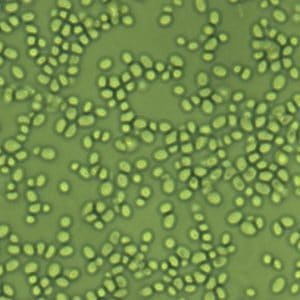
In a preprint available from bioRxiv, scientists from the University of Lausanne and Swiss Institute of Bioinformatics present the first SMRT Sequencing results from isolates of the fungal pathogen Candida glabrata. “Comparative Genomics Of Two Sequential Candida glabrata Clinical Isolates” comes from Luis Andre Vale-Silva, Emmanuel Beaudoing, Van Du T. Tran, and Dominique Sanglard.
The study involved two C. glabrata samples collected at different times from an HIV-positive patient diagnosed with oropharyngeal candidiasis. Scientists initially turned to short-read sequencing to analyze the genomes, which were of particular interest because C. glabrata is known to rapidly develop resistance to antifungal therapies. However, because sequence data had to be aligned to a reference genome, the assemblies “did not reflect actual genome rearrangements of strains DSY562 and DSY565,” the scientists report. “We therefore undertook an alternative genome sequencing approach using PacBio technologies enabling de novo assembly of large reads.”
The PacBio assemblies featured contig N50s longer than a megabase for each isolate, “highlighting the high quality of the assemblies,” the authors note. “Assembled contigs almost reconstituted the entire set of chromosomes that is known from the [reference] genome.” They generated data for both nuclear and mitochondrial genomes.
The team was eager to learn more about adhesins in these strains, since adherence to host cells is an important factor in increased virulence of C. glabrata. “It is estimated that C. glabrata contains 63 ORF with adhesin properties,” the scientists write, underscoring their interest in genome-wide data.
Based on SMRT Sequencing data, “we determined the presence of more than 100 adhesin-like genes in both DSY strains, which was not yet anticipated from other genome-wide studies,” the authors report. “This number exceeds by far the numbers published for [the reference genome] and therefore suggests that an expansion of this gene family occurred in our isolates.”
Vale-Silva et al. note that further studies will be needed to determine whether this pattern holds up for other strains. “Since no equivalent C. glabrata genome assembly has been yet published using a PacBio approach, we can still not confirm whether or not the investigated isolates constitute a unique case,” they conclude. “Now that a more extensive repertoire of adhesins is available from our studies, such analysis may be undertaken in the future.”
Interested in microbial genomics? Check out our latest SMRT Grant opportunity today.
June 12, 2017 | General